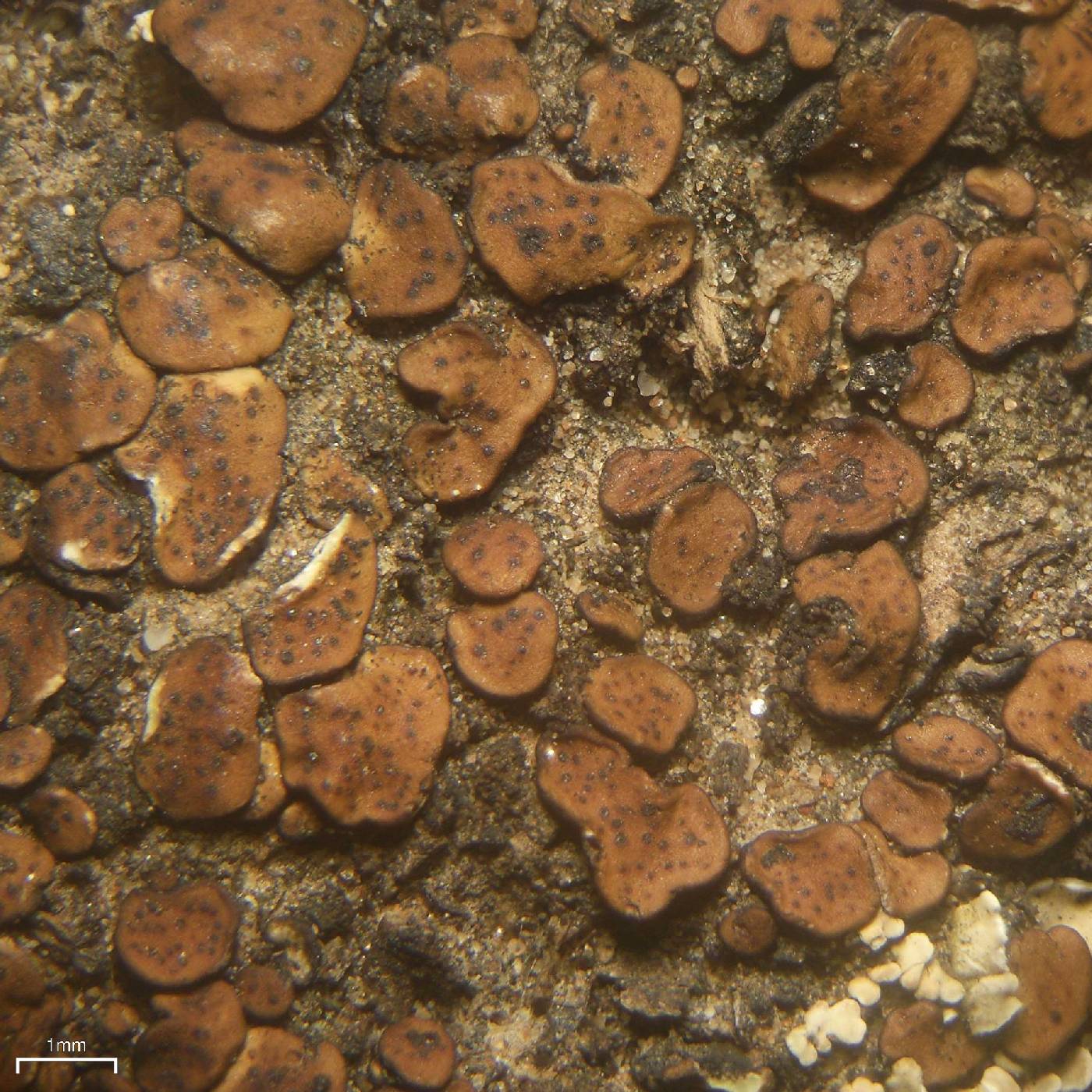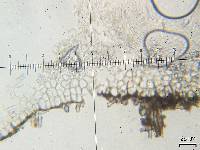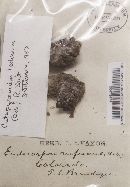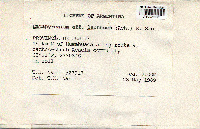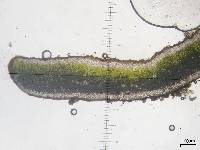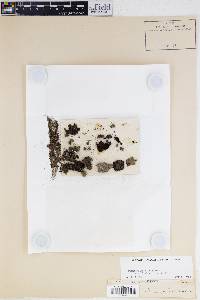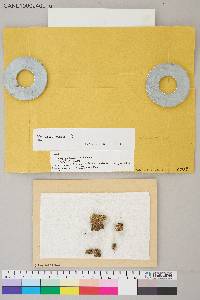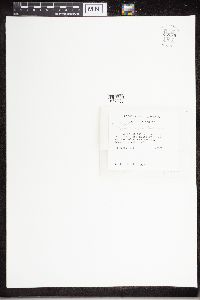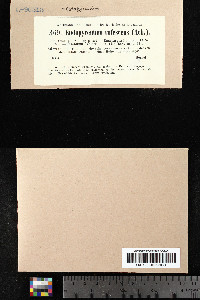
Consortium of Lichen Herbaria
- building a Global Consortium of Bryophytes and Lichens as keystones of cryptobiotic communities -
- Home
- Search
- Images
- Species Checklists
- US States: O-Z >
- US National Parks
- Central America
- South America
- US National Parks
- Southern Subpolar Region
|
|
|
|
Family: Verrucariaceae
[Catapyrenium lachneum (Ach.) R. Sant., moreCatapyrenium lachneum subsp. lachneum (Ach.) R. Sant., Catapyrenium lachneum var. lachneum (Ach.) R. Sant., Dermatocarpon hepaticum var. lachneum (Ach.) Zahlbr., Dermatocarpon lachneum (Ach.) A.L. Sm., Dermatocarpon lachneum f. lachneum (Ach.) A.L. Sm., Dermatocarpon lachneum var. lachneum (Ach.) A.L. Sm., Dermatocarpon lachneum var. rufopallens (Nyl.) Servít, Endocarpon lachneum (Ach.) Ach., Endopyrenium lachneum (Ach.) Hav., Lichen lachneus Ach.] |
Nash, T.H., Ryan, B.D., Gries, C., Bungartz, F., (eds.) 2002. Lichen Flora of the Greater Sonoran Desert Region. Vol 1. Thallus: squamulose squamules: scattered to adjacent or slightly overlapping, up to 10 mm wide (but usually smaller), c. 0.3-0.6 mm thick, roundish to lobate, appressed throughout or with ascending margins and saucer-shaped or variously wavy, often with somewhat raised edges upper surface: dark brown or red brown, rarely paler, dull, smooth or slightly roughened upper cortex: c. 40-60 µm thick; epinecral layer lacking or very thin medulla: white, prosoplectenchymatous, thick (more than 100 µm), composed of irregularly interwoven hyphae with very few globose cells; algal layer: c. 100 µm thick lower cortex: abruptly delimited from medulla, composed of conglutinated, perpendicular hyphae (thus cells in distinct vertical columns 40-90 µm high); the lowermost cells: with a conspicuous black pigment lower surface: black throughout, naked where free from the substrate, the remaining part fixed with a dense hyphal weft; rhizohyphae: 6-7.5 µm thick, hyaline or slightly brownish in proximal parts Perithecia: broadly pyriform, normally not bulging the lower side of the squamules, with colorless walls; periphyses: 40-50 x 2.5-3.5 µm asci: cylindrical, 70-90 x 12-15 µm, 8-spored ascospores: uniseriate, ellipsoid, c. 14-18 x 6-8 µm Pycnidia: marginal, prominent as black globular knobs conidia: bacilliform, 5-7 x 1-2 µm Spot tests: all negative Secondary metabolites: none detected. Substrate and ecology: soil, mosses and debris, arctic-alpine World distribution: northern and high-mountainous regions of Europe, Asia, North America, the Venezuelan Andes Sonoran distribution: Arizona and southern California. Notes: A very distinctive species that is hardly to be confused with any other Placidium species due to its very characteristic lower cortex that is made of conglutinated, angular (not rounded) cells in distinct vertical columns and contrasts sharply from the filamentous medullary tissue. The construction of the lower cortex is similar to that in Dermatocarpon but less strongly conglutinated. |
|
|
|
Powered by Symbiota

